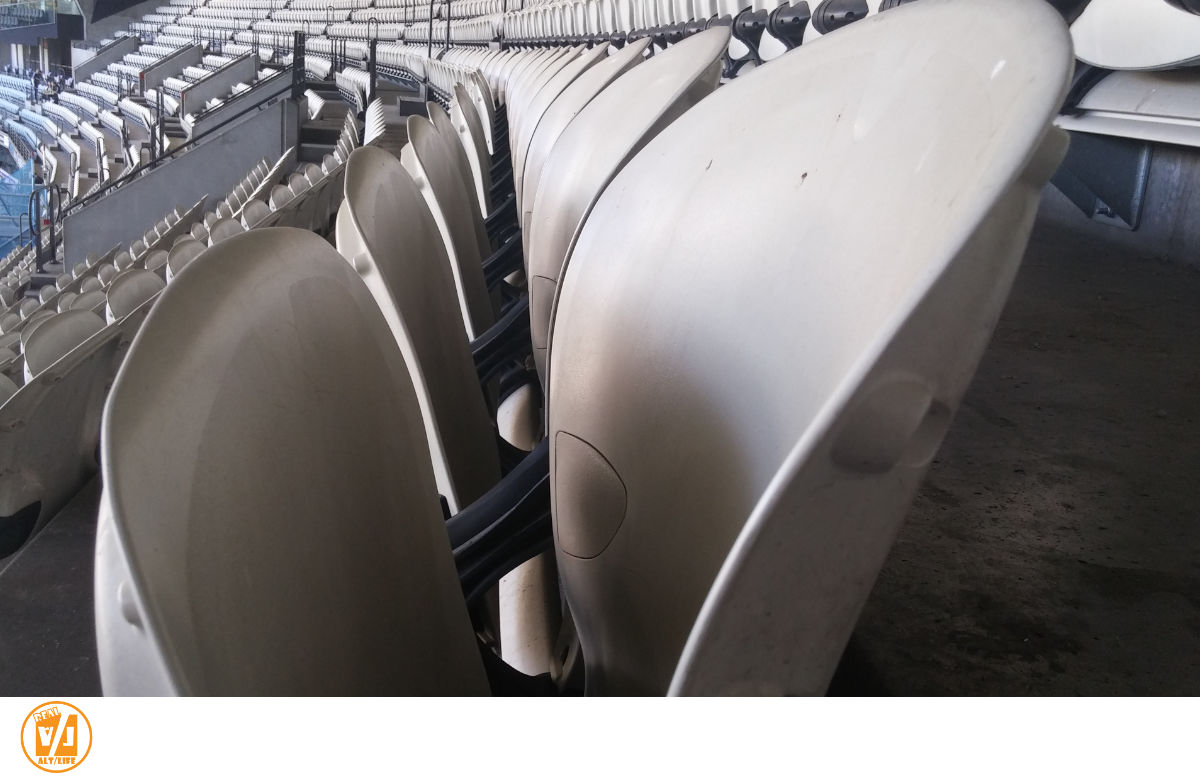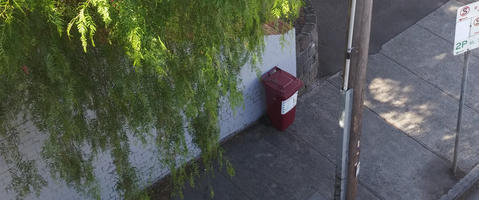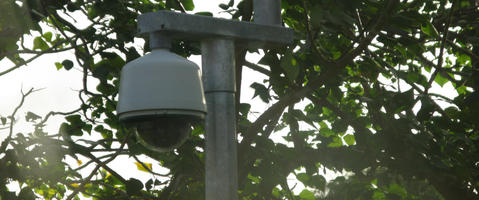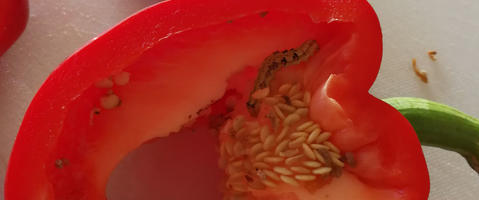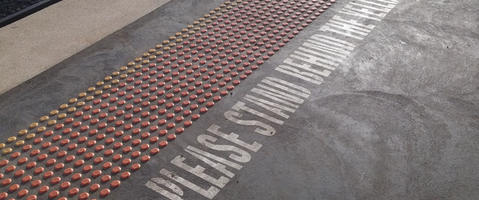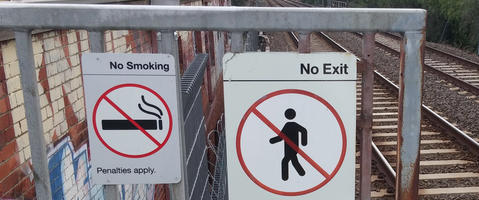In other words, according to the researchers who study sport fan behaviour, these supporters don't really exist. At least not in the numbers we see at games played by teams like Collingwood FC in the AFL. It seems improbable that so many fans just sit idly by and only appear when their team starts to win games. Real fans don't do that. The only answer then, and which these photographs help to show, is that their fans are mostly fake.
"It's a symbiotic relationship. When a horrible team gets a mere whiff of success, the stadium releases these fake fans in response to the expectations of the remaining real fans, no matter how unlikely the team is of actually being any good. This in turn creates a more enjoyable atmosphere to attract yet more fans and keep the real ones coming back.
"It's miserable enough being a fan of these teams, and a near empty stadium for home games is just as bad, so it's fascinating to see the stadium responding in such a way."
Why the stadium does this is still open to debate, however the leading theory suggests that the stadiums draw in more fans as a survival mechanism. As demonstrated with the fate of older stadiums, once the fans start to no longer show up for games, the stadium falls prey to poor upkeep and soon becomes decrepit, eventually being sold off and turned into housing estates.
"So, what we are seeing here is possibly the first piece of evidence that the stadiums are evolving to combat these poor attendances, in order to stay relevant, by actively boosting the appearance that there are more fans for bad teams. This makes sense if you consider that a naturally successful team already has a healthy following, so the stadium would not need to behave this way in those situations.
"However, the shear desperation of fans from crap sides has led to the stadiums recognising the misguided hopes and dreams as being triggers the stadium can rely on to know when to release these faux supporters."
Stadium management are also interested in this evolution and hope that further study will result in ways to artificially boost attendances when needed, and not just for poorly performing teams. After years of manipulating fans through television broadcast restrictions, getting people through the turnstiles is becoming ever more challenging. In the end, management would prefer not to even try.
"Ultimately our goal is to not rely on there being any natural fans coming to the games at all, which would lower our expenditures dramatically. Security, cleaning, tickets are all unnecessary costs we could do without. We've already tried to encourage only quality fans to attend by making food inside the grounds as expensive as we can justify, but to not even have to worry about that and just have fans appear at the flick of the switch would be revolutionary."
But for now, it's just a dream, just like the aspirations of fans of teams like Collingwood FC, or Golden State Warriors. While occasionally we see large crowds, we can be assured that these are just naturally fake fans generated by the stadium during fair weather, and that their supporter base is justifiably lower than reported.

